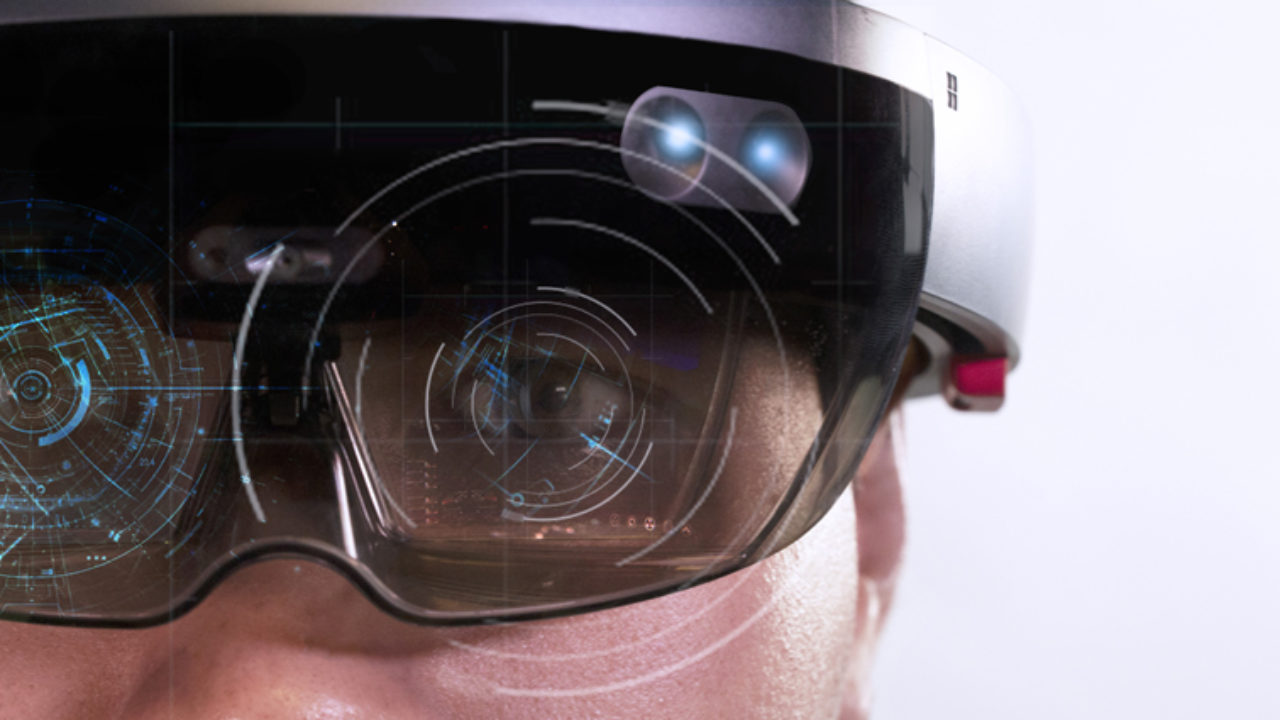Augmented Reality in defense: Role and affect

What is the role of Augmented Reality in defense?
The word Augmented Reality is buzzing around for years. This advanced technology though is in the tech industry for decades now, but we got familiar with it four years back with the highly popular game Pokémon Go. Have you used Snapchat? Well, those amazing filters are created with the help of Augmented Reality. It clearly depicts AR was limited to fun and gaming back then. But technology is an ever-evolving and ever-changing field. Over all these years Augmented Reality has remarkably expanded its use cases. It is being widely embraced in different industries varying from education, healthcare, automotive, oil and gas industry, retail, and so on. AR has stepped in defense as well. If you are wondering how these industries use AR, then let me tell you industries have either applications or headsets to implement AR, soon we will be having smartglasses.
Defense:
Defense of any country helps to maintain internal peace in the country. Military persons are always at higher risk so any advantage they can get by any medium matters a lot. Militaries of any country need to be highly trained to face upcoming injurious situations at any hour. All countries are thriving to empower their militaries’ and make it the best. Gone are the days when only human resources were required to strengthen defense. We are well aware of the power of technology. Now, countries are trying best to embed technology in defense. Technologies have immense potential to boost militaries as well as workflow. Armed forces always need to keep up with the technology to make the best use of it and be ahead of the enemy.
Military Augmented Reality will evolve to use different technologies between 2019 to 2029. These technologies are Helmet Mounted Display system, Head-up Display System, Smart glasses. According to a senior defense analyst “ The defense sector has a history of leading the way when it comes to innovating augmented reality technologies. Germany was the first nation to utilize infrared-sensitive electronic cameras, for instance, and by the end of World War II, its forces have designed a system that could amplify existing light by 1,000 times.” “ Night Vision is the oldest form of AR technology, but today, there are several other applications that are used on the battlefields. Examples include personalized augmentation devices for soldiers on the ground, radar and microwave absorbing fabrics and materials, and, of course, head-up displays”.
A glimpse of the Military Augmented Reality market:

A survey says “ the market for Augmented Reality in military services is expected to grow 1.59 billion USD high by the end of 2019 and estimates the figure to increase to USD 6.09 billion by 2029. The Compound Annual Growth Rate (CAGR) for the forecast period is 14.4 percentage”.
Bloomberg says “ Microsoft has secured a $480 million contract with the US Military to supply as many as 100,000 HoloLens augmented Reality Devices”.
How AR can affect the defense sector?
- Head-up displays: Augmented Reality display can be incorporated into a military person’s helmet. Head-up displays look almost similar to AR smart glasses. By using Head-up display armed forces can know the location of colleagues and get a detailed insight of location. It is embedded with a wireless network so that the team members can virtually connect and share information. The device is weather independent and can be used in any weather conditions. They can receive vital information and build new strategies.
- Better decision-making: Armed forces have to face a lot of critical situations and need to make decisions at the eleventh hour. They need to make decisions in the last seconds. Augmented Reality helps the military to notify upcoming dangers and keeps them safe.
- Augmented Reality in navy: In the Navy finding the apt route is of paramount importance. Well, we all know the titanic loss. In war, captains need to be extra cautious to prevent any chances of route disturbance. Augmented Reality will play a key role in assisting navigation. It will help to display the safest route.
- Strategic planning: aAugmented Reality can be used to get a 3d view of the battlefield beforehand. ARES or Augmented Reality Sandtable helps to get this view. Forces can have a good look at the location virtually and can make strategies to fight enemies. It helps to get an enhanced view in real-time of the fields. This technology is already being used in US troops.
- Weapon maintenance: Weapons need to be well maintained but sometimes it fails in an unprecedented scenario. This surely will give a big opportunity to the enemy to turn the table. In such cases, Augmented Reality can help to fix weapons. If any expert is required army can use AR remote assistance as an assistant.
- Better performance by fighter pilots: Flying fighter jet is one of the toughest tasks. Pilots need to have an eagle’s eye and unflinching concentration. During ways, pilots cannot afford distractions at all. So, fighter pilots can use Head-up displays as an assistant. The device will help pilots to keep updated with the performance parameter of the jet. Now, pilots need not worry about jet failure and can work on the situation with the utmost concentration.
- Synthetic training environment: We are well-versed with the support of Augmented Reality in training in different industries. In defense, the strength of the team lies in the training the members went through. Augmented Reality helps to virtually create the battlefield in the real environment. Soldiers can use this technology to make a virtual copy of the battlefield and then practice. Shooting on 2 D cardboard cannot help to build the pressure of real gun fires that happens on the battlefield. But, with the help of Augmented Reality military persons can get into a synthetic training environment to get a more immersive experience. STE put soldiers into more physically and mentally stressing conditions. AR not only helps to improve training but also reduces training costs.
Augmented Reality is continuously growing and expanding its use cases. The defense is one of the most critical sectors where lives are always at stake. This dynamic technology has the potential to contribute to reducing the stake. We can hope to see more real-time uses in the near future.





